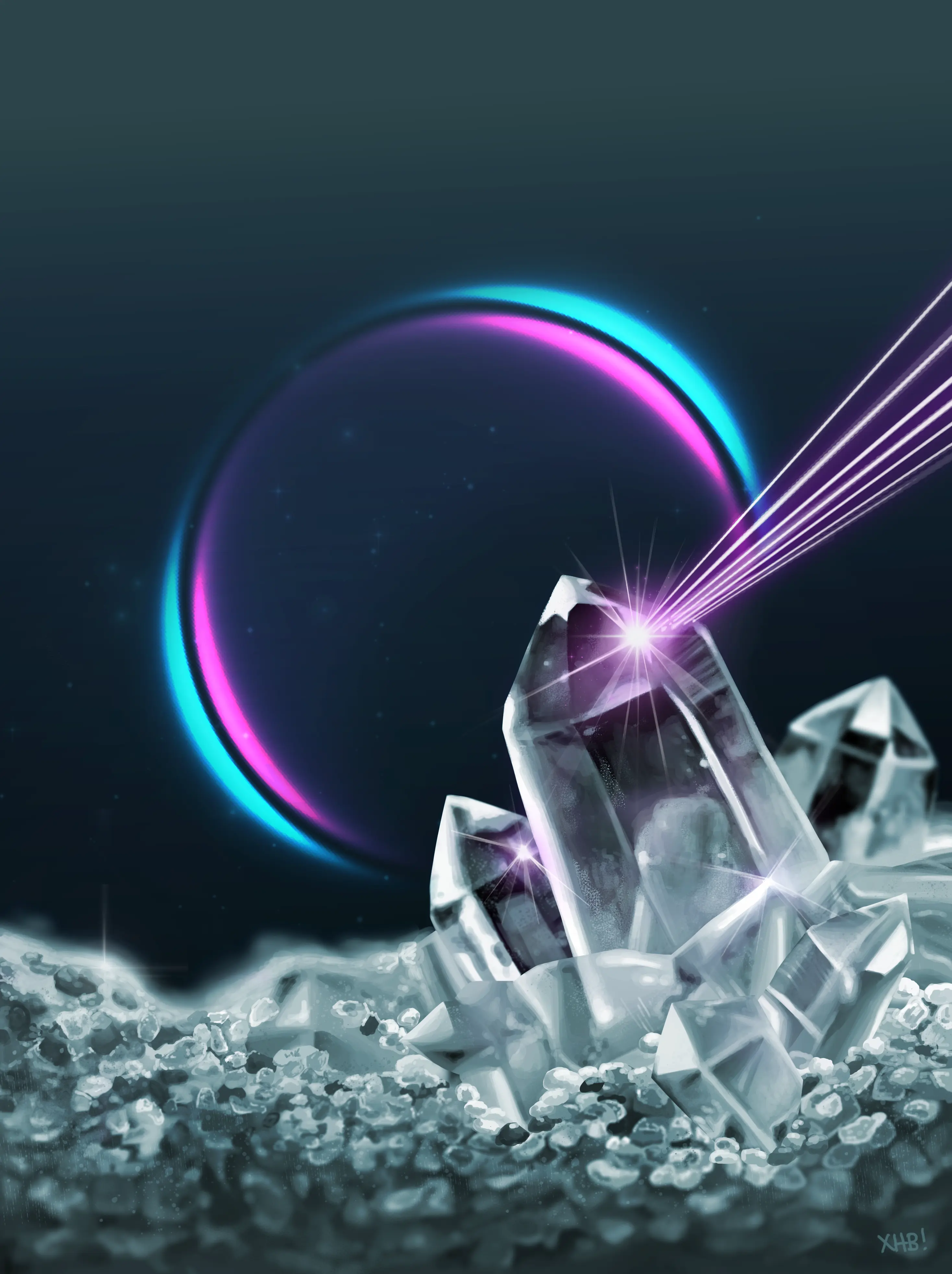Nonlinear x-ray scattering reveals exotic quasi-particles
A group of DESY scientists together with colleagues from Finland and France has observed signatures of polariton-formation at extreme-ultraviolet (EUV) wavelengths for the first time.
A group of DESY scientists together with colleagues from Finland and France has observed signatures of polariton-formation at extreme-ultraviolet (EUV) wavelengths for the first time. In general, polaritons are hybrid-states that emerge from the interplay of light and matter excitations - mostly observed under strong-coupling conditions. To uncover this exotic EUV-polariton, however, the team of researchers followed a different route: They utilized a weak process of nonlinear x-ray scattering as a probe, which they measured with very high resolution. This revealed the signature of the EUV-polariton and opens a new field of research that bridges from fundamental quantum physics via nonlinear optics to solid-state and x-ray science. The measurements were performed collaboratively at the European Synchrotron Radiation Facility and the findings are reported in Nature Communications.

When photons, i.e., the quantum particles of light, pass through a material they interact with various excitations of the matter system, leading them to hybridize: For instance, a photon can be absorbed by an electron, which is thereby excited. If this electron re-emits its excitation subsequently again as a photon, the coupled pair forms a new, hybrid-state of light and matter – the polariton. Polaritons have been observed in a variety of conditions and materials already. Yet, these involve predominantly photons of low energies, stemming from the infrared and visible spectral range, where the polaritonic coupling can be enhanced using resonant cavities. High-energy polaritons on the other hand have proven largely elusive – until now.
The team around DESY scientist and CUI Young Investigator Group Leader Christina Bömer has now taken a radically new approach: They use a nonlinear x-ray scattering effect to launch and detect a high-energy EUV-polariton at the same time. In their experiment, single x-ray photons are converted by a diamond crystal into highly-correlated photon pairs. One of these photons is tuned to the EUV spectral range, where its coupling to the surrounding diamond is so strong that photonic and electronic properties become hybridized into an EUV-polariton. The second photon, which remains at x-ray energy, is used to detect the scattering signature of the newly-generated quasi-particle. “The scattered light shows us the characteristic signature that allows to clearly identify the polariton” says Xenia Brockmüller, who is a co-author of the paper. For the detection of these delicate signatures, the team developed a new momentum resolved technique at the ESRF beamline ID20, which provides an unprecedented view of the nonlinear scattering process.
From this first-time observation, several enticing research pathways unfold: “The EUV-polariton has very interesting properties, which we aim to investigate both experimentally and theoretically in the future,” says DESY scientist and main author of the study Dietrich Krebs. An improved understanding of light-matter hybridization at EUV photon energies can open up new spectroscopy techniques for solid-state samples, while the EUV-polariton’s intrinsically short wavelength (~10 nm) also recommends it for probing semiconductor structures at the native length scale of EUV-lithography.
Reference:
D. Krebs, F. Kerker, X. Brockmüller, Ch. J. Sahle, B. Detlefs, S. Huotari, N. Rohringer & C. Bömer: „X-ray parametric down-conversion reveals EUV-polariton“, Nat. Comm. (2025); DOI: 10.1038/s41467-025-60845-8
